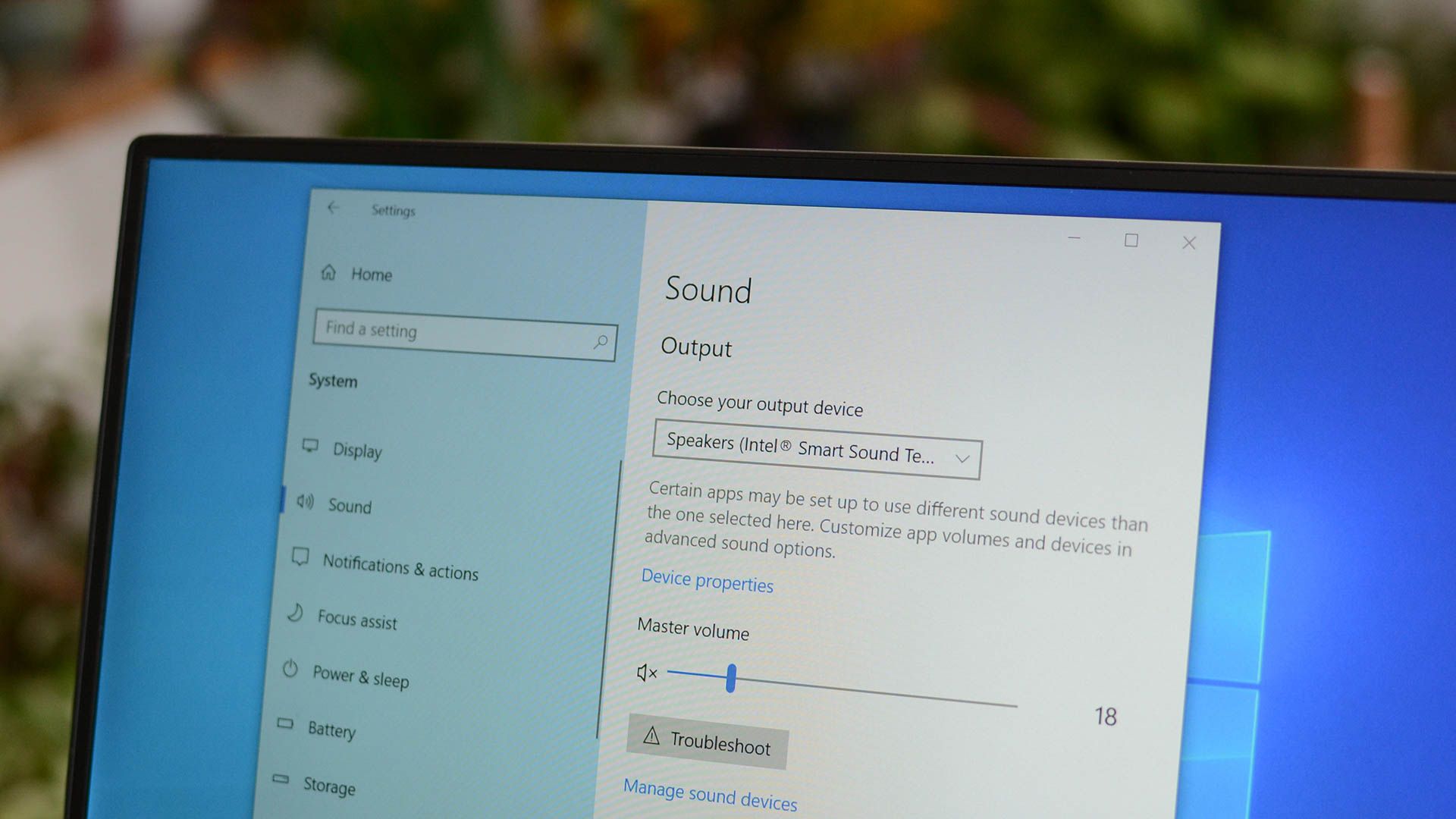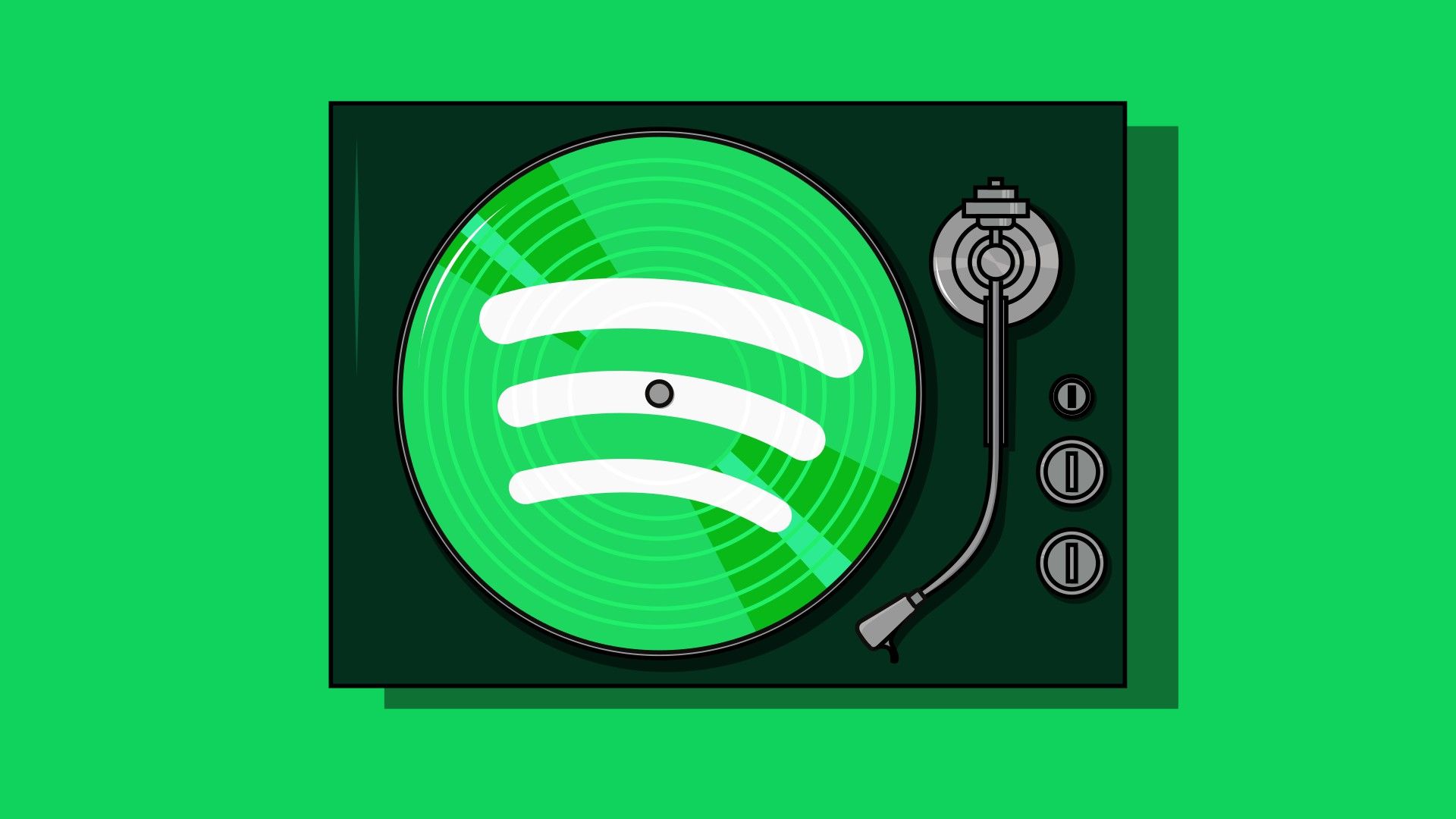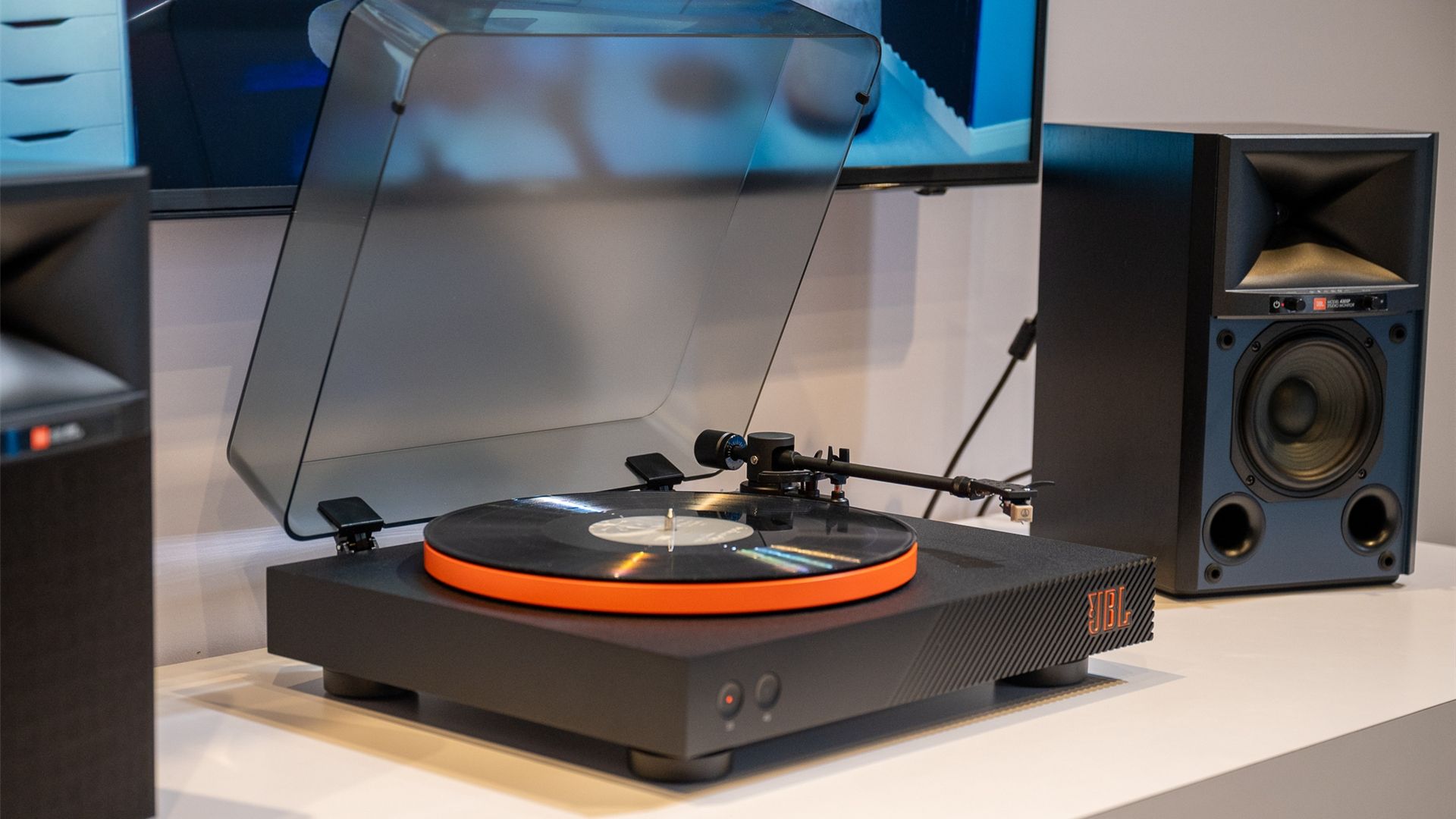When you think of audio files, you probably think of MP3 files. The format is so popular that an entire generation of hardware bears the name: MP3 players. Despite their enduring popularity, it is time for MP3s to be retired.
What is Good About MP3s?
When MP3s were first introduced, their most remarkable quality was just how small they were compared to competing audio formats at the time. Compared to WAV files, which are uncompressed, MP3s are tiny—they can sometimes take up as little as 1/10th of the space.

Related
How Audio Compression Works and Why It Can Affect Your Music Quality
Feeling the squeeze when listening to your favorite song?
In the late 90s and early 2000s, that kind of advantage was enormous. Few—if any—people had residential gigabit internet. You were Geeky hot stuff if your PC had more than 100GB of storage available.

Related
Who Needs Gigabit Internet? I Do, And You Might Too
I felt the need, the need for really fast internet.
Every megabyte counted, so no one was too upset about the tradeoffs.
However, today, things are quite different. Even inexpensive phones can usually support hundreds of gigabytes of storage, and some premium devices have 1TB of storage. We’ll likely see phones with 2TB of storage in the next year or two.
MP3 Isn’t the Best at Anything
As time has gone on and computers have gotten more powerful, we’ve been able to implement more complex encoding schemes that do a better job of preserving audio quality while using less data. This has been especially important for music streaming services.
What Does Streaming Use?
So are we streaming MP3 files? Nope. Not all streaming services use the same encoding scheme, but none of them are using MP3s today.
Advanced Audio Codec, usually just written as AAC, is quite popular, and is used by YouTube, Spotify, and Apple Music in some capacity or another. The main perk of AAC is that it is more “efficient.” It gets you similar audio quality while using less data.
Not all streaming services use AAC exclusively though. There are higher-quality codecs like Vorbis, OPUS, and a handful of different streaming FLAC options.

Related
Here Are 5 Hi-Res Streaming Alternatives to Spotify Hi-Fi (If It Ever Launches)
Enjoy hi-res streaming now instead of waiting for Spotify Hi-Fi (whenever it launches).
All of these options let the user (and service provider) balance bandwidth and storage concerns against quality as they see fit.
Surely MP3s Are Great For Storage
MP3s aren’t the best format for long-term storage of audio files either. The MP3 format uses what is called lossy compression, which means that some of the information that was present in the original recording is destroyed when you shrink it. If you’re archiving anything for the future, you want the best possible record. This is also why some image and video formats (like JPG, for example) often look worse than the source material—they used lossy compression.
FLAC files are very popular for archival use. FLAC uses what is called lossless compression, which allows you to make a file smaller without actually losing any data. The tradeoff is that FLAC files are larger than MP3 files.
However, when you can pick up terabytes of storage relatively inexpensively now, does the difference between a 4-megabyte MP3 and 12-megabyte FLAC really matter that much? Storing tens or hundreds of thousands of songs is still way more cost-effective than it used to be.
It Is Time to Retire MP3s
The only thing MP3s have going for them today is broad compatibility. If it makes sound and was built in the last 25 years, it is a pretty safe bet that it’ll play back MP3s.
However, AAC is almost as universally supported and better in every other way. The only major difference you’d notice on your PC is that the file extension is M4A or M4B rather than MP3.

Related
What Is an M4A File, and How Do I Open One?
Need to open an M4A file? Here’s what you need to know to do so! We’ll also tell you what it is.
FLACs, while larger than AAC files, are also widely supported by almost every modern device. I can’t even think of a recent example where I encountered something that didn’t support them.
The MP3 file format has had a good run, but it is time for another format to take its place as the “default” audio file that we use on the internet. Maybe it’ll be some file format that uses AAC; maybe it’ll be something new entirely.
Whatever the case, the MP3 format is long due for replacement, and I’m happy to listen to whatever comes next.

